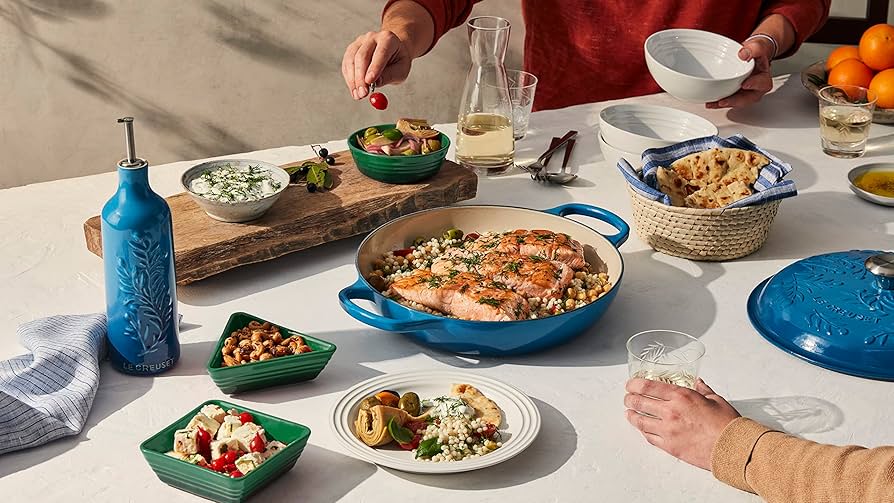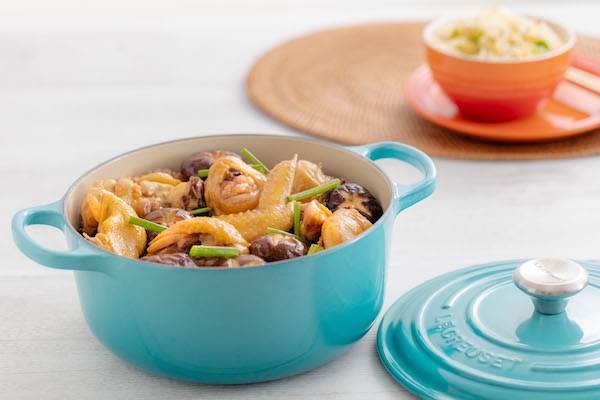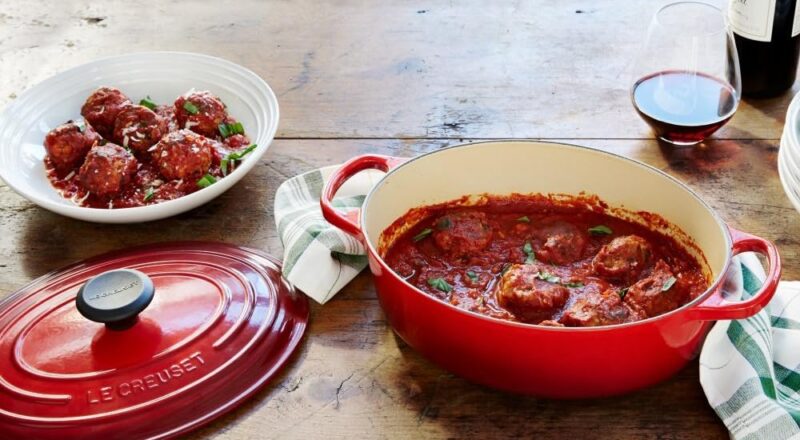When it comes to cooking, the choice of cookware can make a significant difference in the outcome of your dishes. Among the popular options, cast iron braisers and ceramic braisers are often compared for their unique features and benefits. Understanding the differences between these two can help you make an informed decision that best suits your cooking needs.
Both cast iron braisers and ceramic braisers have their own set of advantages and disadvantages. In this article, we will explore these differences, helping you determine which one might be better suited for your kitchen.

1. What Is a Braiser?
A braiser is a versatile piece of cookware used for browning, braising, and slow cooking. It typically features a wide, shallow base and a tight-fitting lid, making it ideal for cooking a variety of dishes.
2. Features of Cast Iron Braisers
2.1 Durability
Cast iron braisers are renowned for their durability. They can withstand high temperatures and are virtually indestructible, making them a lifetime investment.
2.2 Heat Retention
One of the standout features of cast iron is its exceptional heat retention. This allows for even cooking and the ability to maintain a consistent temperature.
2.3 Versatility
Cast iron braisers are extremely versatile. They can be used on stovetops, in ovens, and even over campfires, providing flexibility for different cooking methods.
3. Features of Ceramic Braisers
3.1 Non-Stick Surface
Ceramic braisers offer a naturally non-stick surface, reducing the need for excessive oil or butter when cooking.
3.2 Lightweight
Ceramic braisers are significantly lighter than their cast iron counterparts, making them easier to handle and maneuver in the kitchen.
3.3 Aesthetic Appeal
Available in various colors and designs, ceramic braisers can add a touch of elegance to your kitchen decor.
4. Cooking Performance
4.1 Heat Distribution
While cast iron excels in heat retention, ceramic braisers offer more even heat distribution, which is beneficial for delicate dishes.
4.2 Cooking Techniques
Cast iron braisers are ideal for searing and browning, while ceramic braisers are better suited for slow cooking and simmering.
5. Maintenance and Care
5.1 Cleaning
Cast iron braisers require specific cleaning techniques to prevent rust, such as those outlined in this guide. Ceramic braisers, on the other hand, are generally easier to clean due to their non-stick surface.
5.2 Longevity
With proper care, both types of braisers can last for many years. However, cast iron tends to be more robust over time.
6. Cost Considerations
Price can be a deciding factor when choosing between cast iron and ceramic braisers. Cast iron braisers are often more expensive due to their durability and versatility, while ceramic braisers are typically more affordable.
7. Health Implications
Both types of braisers are considered safe for cooking. However, cast iron can leach small amounts of iron into food, which can be beneficial for those with iron deficiencies.
8. Environmental Impact
Cast iron braisers are more environmentally friendly due to their long lifespan and minimal waste production compared to ceramic braisers, which might need more frequent replacement.
9. Ideal Use Cases
Cast iron braisers are perfect for high-heat cooking methods, while ceramic braisers are better for slow-cooked meals and dishes that require gentle heat.
10. Conclusion
Ultimately, the choice between a cast iron braiser and a ceramic braiser depends on your specific cooking preferences and needs. Consider factors such as durability, heat retention, and ease of maintenance when making your decision.

11. Frequently Asked Questions
11.1 Are cast iron braisers better for cooking meats?
Yes, cast iron braisers are excellent for cooking meats due to their superior heat retention and ability to sear meats effectively.
11.2 Can ceramic braisers be used in high-heat cooking?
While ceramic braisers can handle moderate heat, they are not recommended for very high-heat cooking as they might crack under extreme temperatures.
11.3 Which braiser is more suitable for acidic foods?
Ceramic braisers are generally better for cooking acidic foods as they do not react with the acid, unlike cast iron, which can impact the taste and appearance of the food.
For more information on the best practices for using braisers, consider exploring resources such as this guide on cooking with braisers.
This article contains affiliate links. We may earn a commission at no extra cost to you.

